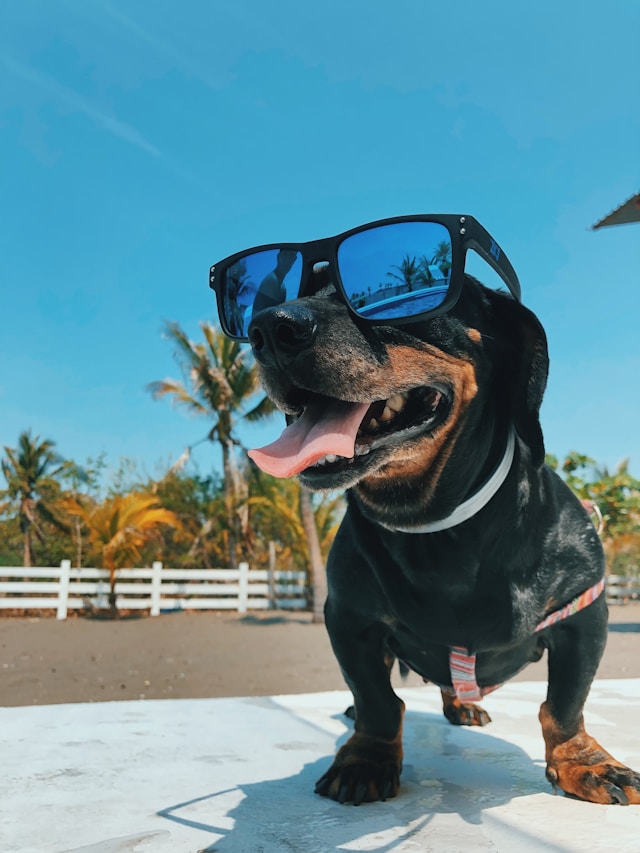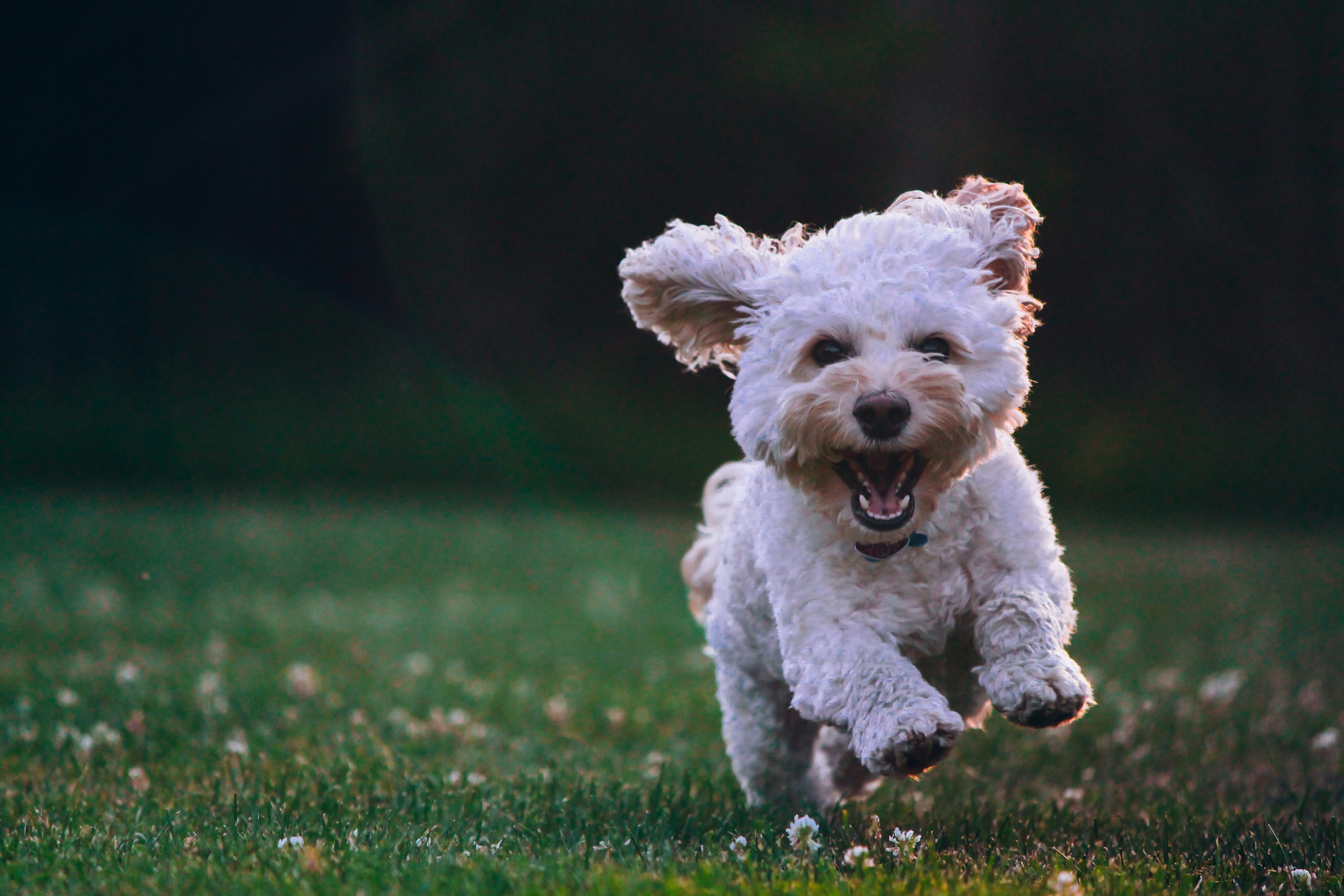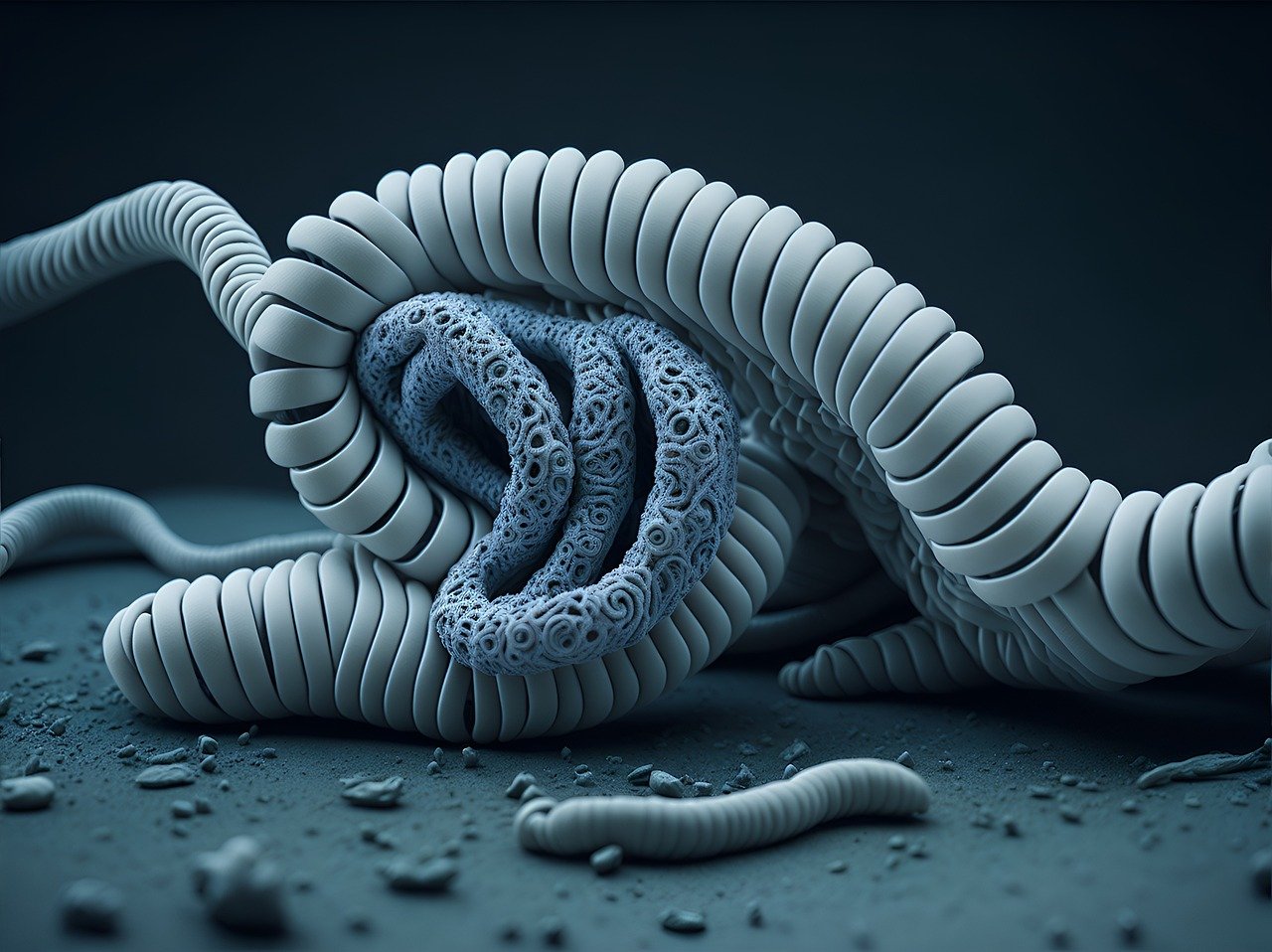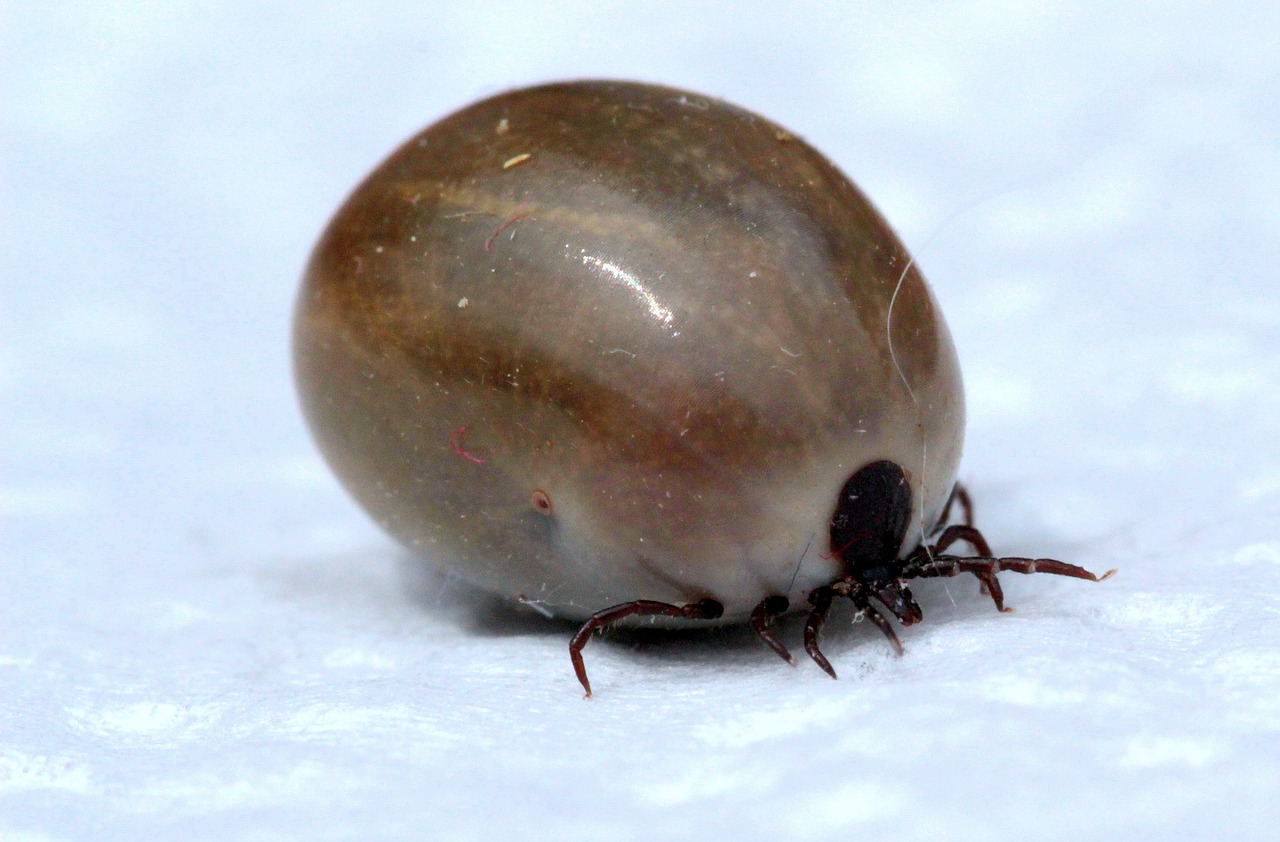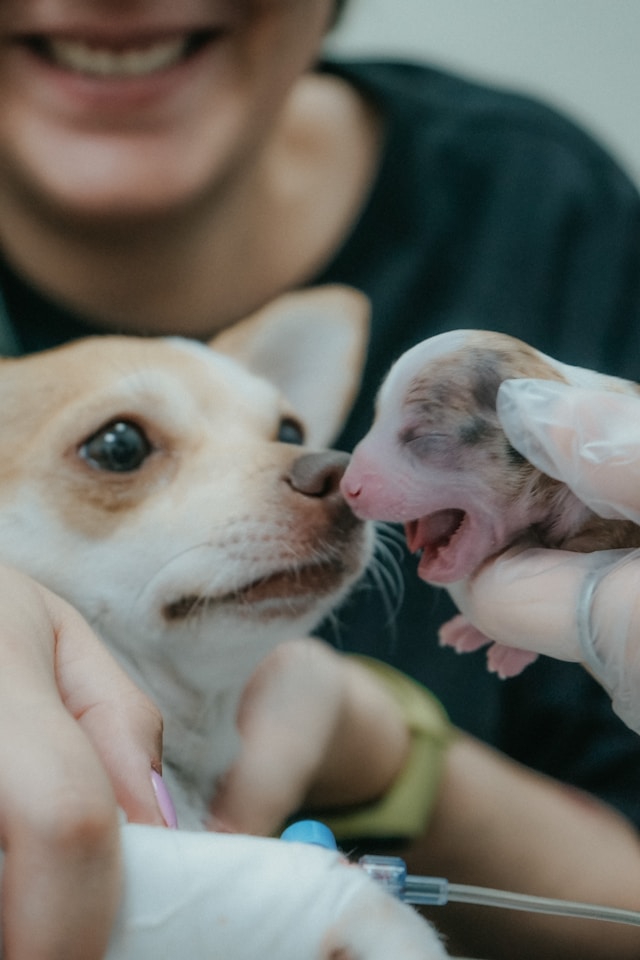Belgian Malinois

| Official Name | Belgian Malinois |
| Common Name | Belgian Malinois |
| Pet Height | 22 to 24 inches |
| Pet Weight | 40 to 80 pounds |
| Lifespan | 14 to 16 years |
| Good With | families |
| Temperament | aloof, gentle, playful |
| Intelligence | high |
| Shedding Amount | seasonal |
| Exercise Needs | high |
| Energy Level | hyper |
| Vocal Level | when necessary |
| Drool Amount | low |
| Breed Group | herding |
| Breed Size | large (61-100 lbs.) |
| Coat Length | short |
| Colors | brown/chocolate/liver, fawn |
| Patterns | sable |
| Other Traits | cold weather tolerant, easy to groom, easy to train, good hiking companion, highly territorial, high prey drive, hot weather tolerant, strong loyalty tendencies |
With its robust and sleek build, it's always ready for action.
However, the Malinois isn't just a working dog. Despite their serious reputation, they can be gentle, playful, and loyal companions. However, they do require plenty of daily exercise and mental challenges to keep them happy. If you enjoy an active lifestyle and can provide the attention and activity they need, a Belgian Malinois could be a great fit for your family.
Appearance
The Belgian Malinois (pronounced MAL-in-wah) is a large, muscular dog originally bred for herding. Despite their strength, they have a sleek and graceful build. Standing up to 2 feet tall at the shoulder, these dogs are always alert, with ears that stand up straight, warm dark brown eyes, and a slightly bushy tail. Their short, thick coats come in colors ranging from fawn to mahogany, often featuring a black mask and ears. At first glance, you might mistake a Belgian Malinois for a German shepherd, but despite some similarities, they are distinct breeds with different backgrounds. Belgian Malinois typically weigh between 40 and 80 pounds, with males generally more prominent than females.
Caring for a Belgian Malinois is relatively easy when it comes to grooming. Their waterproof coat requires only a weekly brushing to remove dead hair and spread natural oils, keeping them looking shiny and healthy. Twice a year, they shed more heavily, so during these times, daily brushing is recommended to prevent your home from being covered in dog hair. Fortunately, their coats stay relatively clean, so they only need a bath a few times a year—unless they find something particularly messy to roll in!
Personality
The Belgian Malinois stands out among working dogs, and it's easy to see why. With their muscular, athletic build and confident personality, these dogs are up for almost any challenge. Whether assisting Navy SEALS or watching their family at home, the Malinois is a loyal and reliable companion. They are quick learners and respond well to positive reinforcement training, but it's important to remember that this breed needs an experienced owner. While they can be sweet and sensitive, they are also very intense, making proper training essential.
Brian Kilcommons, the founder of The Great Pets Resort in Connecticut, points out that many Malinois are now being used in police and military work. He emphasizes that these dogs are bred for working and may not be the best choice for a novice dog owner.
Malinois have endless energy and sharp minds, requiring daily physical exercise and mental stimulation. Their drive and enthusiasm for work can be overwhelming if not properly managed, so they're often seen in roles like search and rescue, bomb detection, or tracking rather than as typical family pets.
Despite their high energy, Belgian Malinois are incredibly loyal and alert, especially regarding their loved ones. Early socialization with other people, animals, and various environments, along with consistent positive reinforcement, is crucial to ensure a well-rounded dog.
Because they were bred to herd, Malinois might be too much for minor children or other pets. If you're bringing a Mal into a family with kids or other animals, take your time with introductions and teach children how to interact with the dog appropriately. Supervision is key. But if you're ready to put in the effort, you'll find Malinois among the most devoted and loving dogs.
Living Needs
The Belgian Malinois was initially bred to herd sheep, a job that required them to work tirelessly for hours. While they might not be herding much these days, their endurance and energy levels are still very much intact. These dogs need plenty of daily exercise and mental challenges to keep them happy. Although they can adapt to different living environments, including apartments, if they get enough exercise, a Malinois will thrive in a home with a large, secure yard where they can run freely. They love being outside, but more than anything, they crave your companionship.
Malinois form strong bonds with their owners and are happiest when they're part of your business. Their loyalty is intense, so they don't do well when left alone for long periods. A lonely Malinois is likely to develop separation anxiety, and if they aren't adequately exercised or cared for, they might start displaying unwanted behaviors.
Their intelligence and high energy make them an excellent match for an active owner who wants to spend a lot of quality time with their dog. A Malinois could be your perfect adventure partner if you love outdoor activities like biking, hiking, or running.
However, if you're looking for a laid-back dog to lounge around the house, a Malinois might not be the right fit. It's crucial to think about your lifestyle before bringing any dog home. It's a good idea to talk to a Belgian Malinois breeder or rescue group to understand what to expect to ensure this breed matches you.
Care
The Belgian Malinois may be an active breed, but when it comes to grooming, they're surprisingly low-maintenance. A quick weekly brush is usually enough to keep their shedding in check and maintain a healthy coat. However, they shed more during certain seasons, so it's best to brush them daily when you notice an increase. Their thick, waterproof jacket does a great job of keeping dirt and debris away, meaning full baths are only necessary every few weeks or even months—unless your Mal decides to roll in something unpleasant!
While brushing, take the opportunity to check your dog's overall health. Pay attention to the shine of their coat—a dull coat might signal a nutritional deficiency. Also, keep an eye on their nails; if you can hear them tapping on the floor, it's time for a trim. Their ears should be a pale pink inside with minimal, odorless wax. Check for any signs of mites or foreign objects, especially after spending time outdoors or in tall grass.
Caring for a Belgian Malinois goes beyond just physical needs; their mental and emotional well-being is just as important. These dogs thrive on mental stimulation and close interaction with their owners. Consistent training is essential, not only for good behavior but also for strengthening your bond.
As trainer Kilcommons explains, "Some dogs, like the Belgian Malinois, were bred to work. But training shouldn't be something you do to your dog—it should be something you do with your dog. Building a strong relationship through trust, positive experiences, and clear boundaries is key. Praise your dog generously, and enjoy your time together. When the relationship is solid, the desired behaviors will naturally follow."
Health
The Belgian Malinois is generally a healthy breed with a 14- —to 16-year lifespan. However, like any breed, it can be prone to specific health issues. The American Belgian Malinois Club advises that registered breeders should test for hip and elbow dysplasia and conduct a comprehensive eye exam. They also recommend screening for epilepsy and cancer, particularly hemangiosarcoma.
While not every Belgian Malinois will face serious health problems, it's crucial to be aware of these potential issues when considering this breed. It's always best to get your dog from a reputable breeder who performs all the recommended health tests, as the Orthopedic Foundation for Animals (OFA) suggested, and who will let you meet the dog's parents and siblings. If you're adopting, be sure to ask the rescue organization for any health history they have on the dog.
Exercise Requirements
The Belgian Malinois is a high-energy herding dog that thrives on daily, intense exercise. They love long walks, playing in the yard while practicing commands, and joining in agility training sessions. Camping and hunting are perfect for keeping them physically active and mentally engaged.
This breed also enjoys games like fetch and chasing other dogs. A well-socialized Malinois will have a blast at the dog park, where they can run freely and enjoy being around other dogs. Without enough exercise, these dogs can become bored and destructive, making home life challenging. Never leave a Belgian Malinois alone without giving them plenty of playtime and activity first.
Training
Training your Belgian Malinois should start as soon as you bring them home. These dogs have intense hunting, herding, and working instincts, which can be challenging to manage as they grow. The first thing to focus on is obedience training. Teaching them basic commands like sit, stay, and come is vital. It helps them understand what's expected and ensures they thrive in a structured environment. Without this foundation, their behavior can become unruly, making social situations difficult to handle.
Beyond obedience, Belgian Malinois excels in agility training. They are naturally fast, determined, and focused, making them stars on the agility course. Whether you're interested in competing or having fun, joining a local agility club can be an excellent way for your dog to socialize, exercise, and engage their working instincts.
If you need a dependable guard dog, the Belgian Malinois is an excellent choice. They are highly trainable for protection work and are not naturally aggressive, so they typically pose no threat to family, friends, or strangers. However, it's crucial that protection and guard training are conducted by a professional to ensure it's done safely and effectively.
History
While the Belgian Malinois might look similar to the German Shepherd, they have different histories. The Malinois, named after the Belgian city of Malines, was originally bred in northwestern Belgium. This breed was valued for its intelligence and work ethic, especially for herding sheep and cattle. In the past, all four Belgian shepherd varieties—Malinois, Tervuren, Laekenois, and Groenendael—were often grouped together as one breed.
Belgian Malinois first came to the U.S. in 1911, and they were pretty popular until World War II disrupted European imports. The American Kennel Club (AKC) officially recognized the Belgian shepherd breeds as separate entities 1959, which sparked a renewed interest in the Malinois. However, it remained less popular than the other Belgian shepherds.
Throughout history, Belgian Malinois have played important roles in the military. They were used as message carriers, ambulance dogs, and even to pull machine guns during World War I. Their contributions are so valued that there's a life-size statue of a Malinois at a military dog memorial in Fayetteville, North Carolina.
One of the breed's most notable recent achievements was when a Malinois named Cairo assisted Seal Team Six in the 2011 operation that led to the death of Osama Bin Laden. Today, Belgian Malinois are highly sought after for working roles, including herding, protection, and police work, and they are often preferred over German Shepherds for these tasks. Despite their demanding roles, Malinois are known for their gentle and playful nature, making them great family pets. As of 2020, they rank as the 41st most popular breed with the AKC.
Fun Facts
The Belgian Malinois is known for its incredible speed, reaching up to 30 mph. During World War I, these dogs took on crucial roles, including carrying messages, pulling ambulance carts, and helping the Red Cross.
In John Wick: Chapter 3 – Parabellum, Halle Berry didn't just act alongside a pair of Belgian Malinois; she actually trained them herself, forming a solid bond with the five dogs used in the movie.
Belgian Malinois thrive on having a job, but sometimes their high energy can be a bit much to handle. Take Ryker, a trainee at the Double H Canine Training Academy. Despite a memorable flop during his service dog test, he's still a very good boy.
Get insurance plans with wide-ranging coverage options








